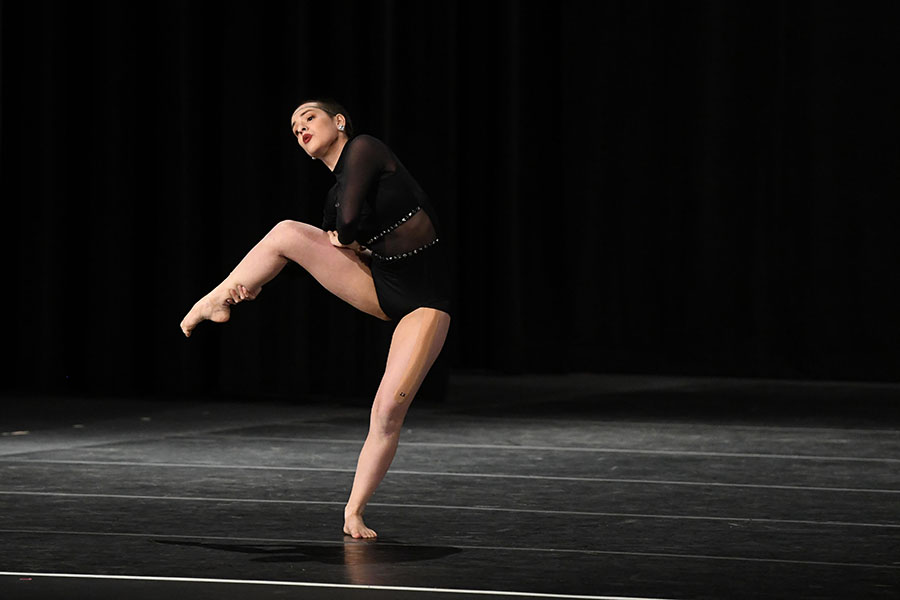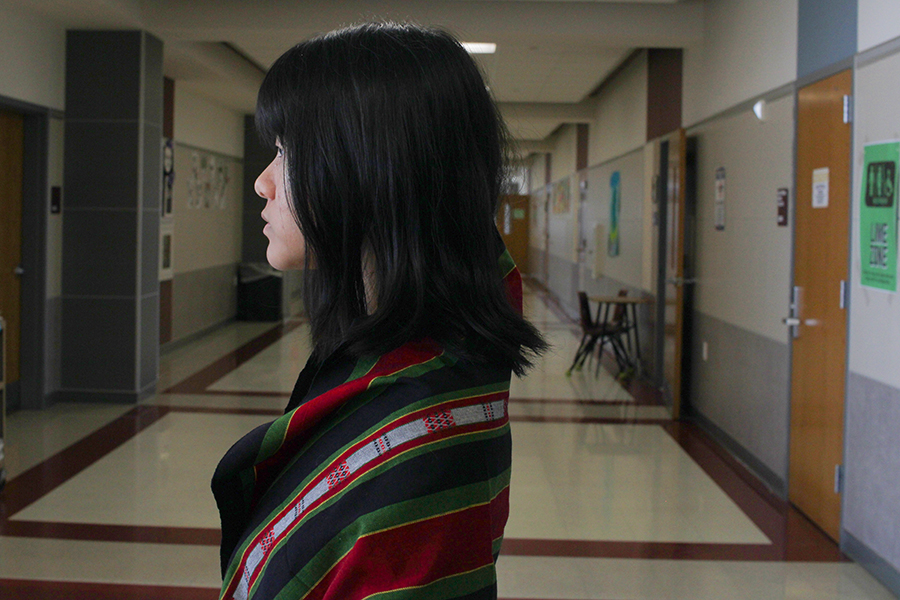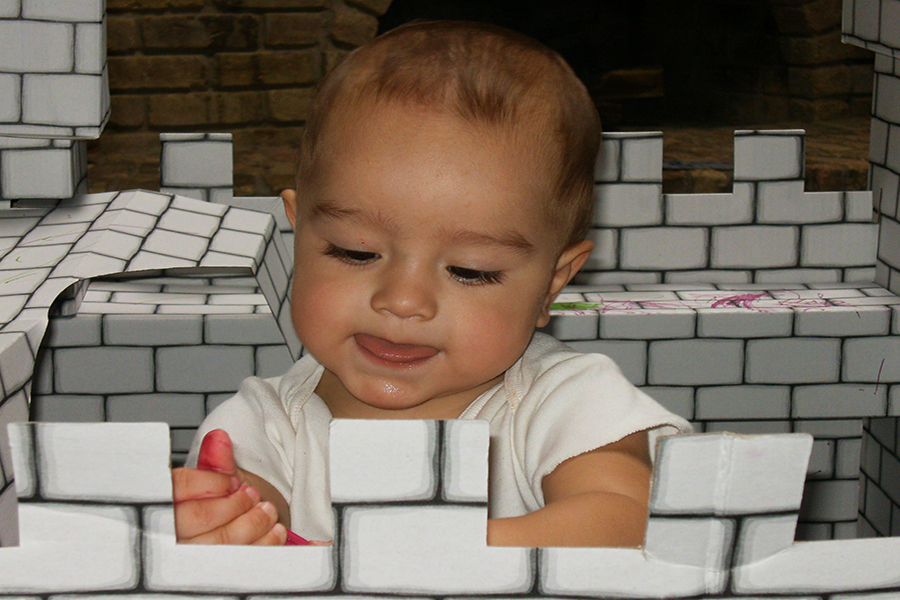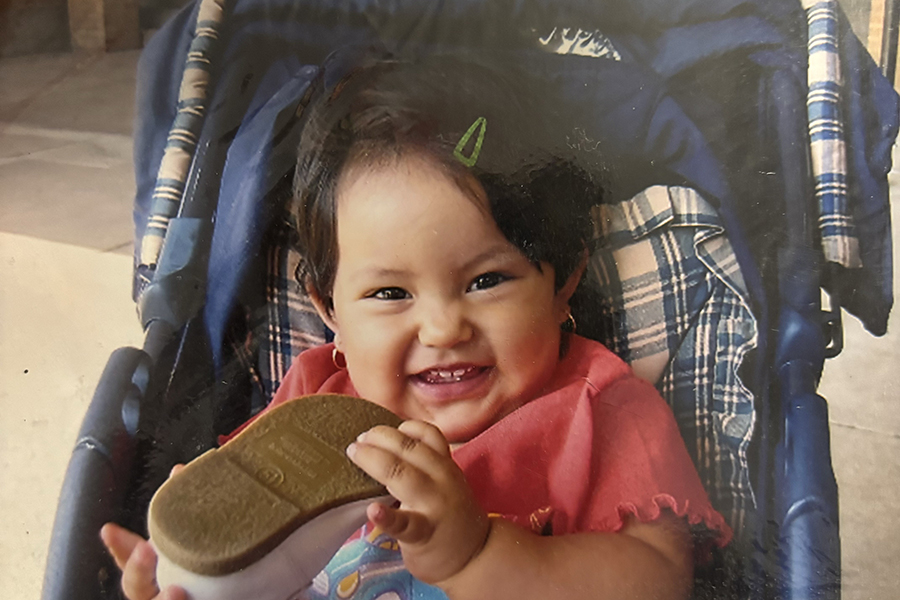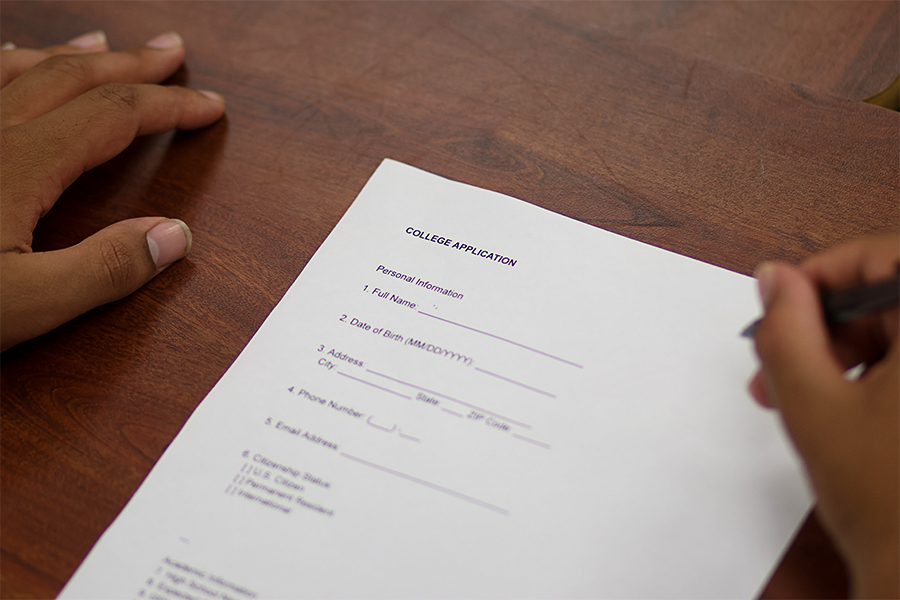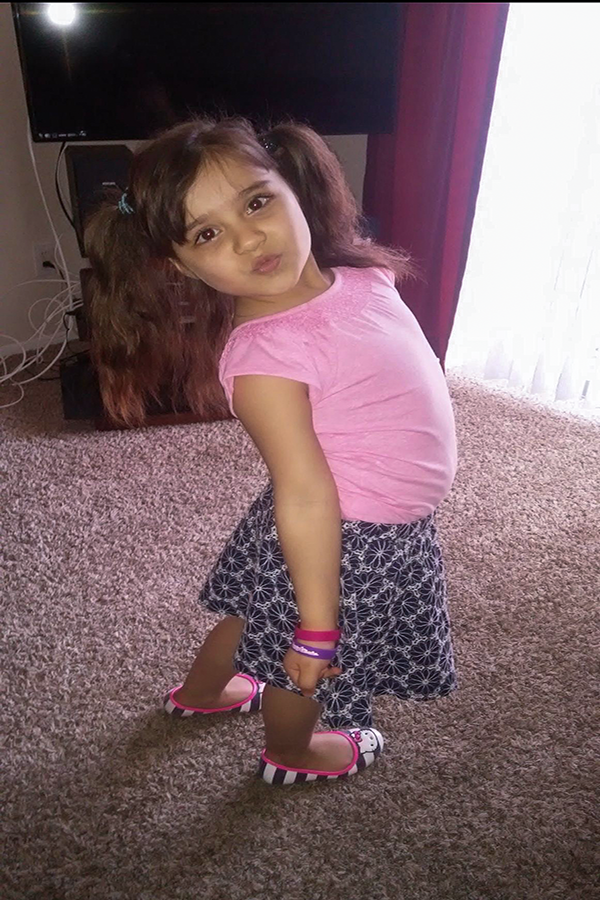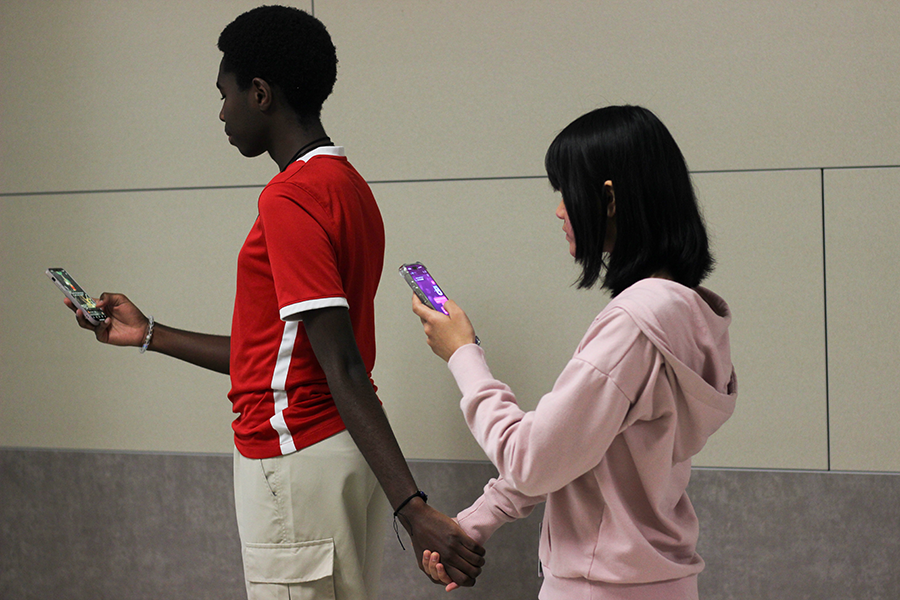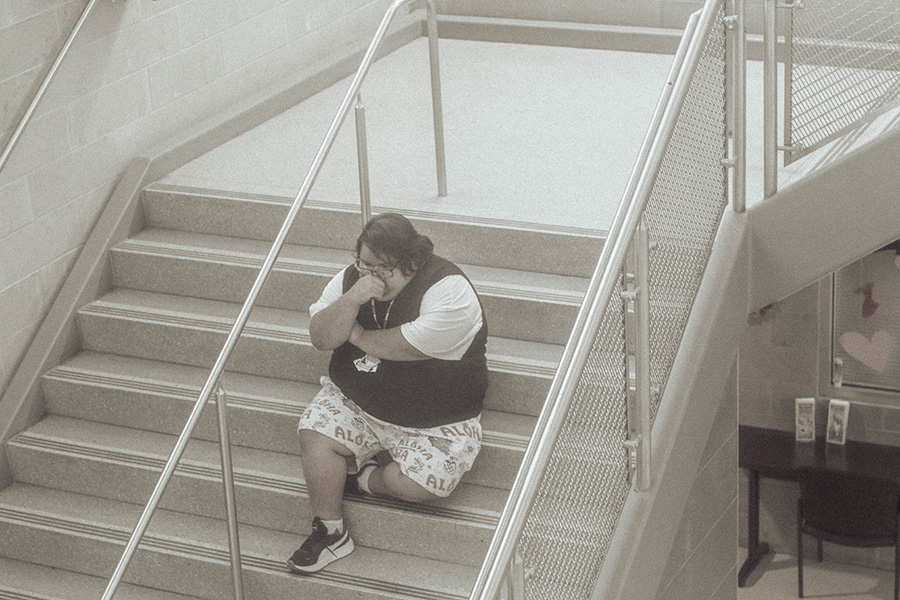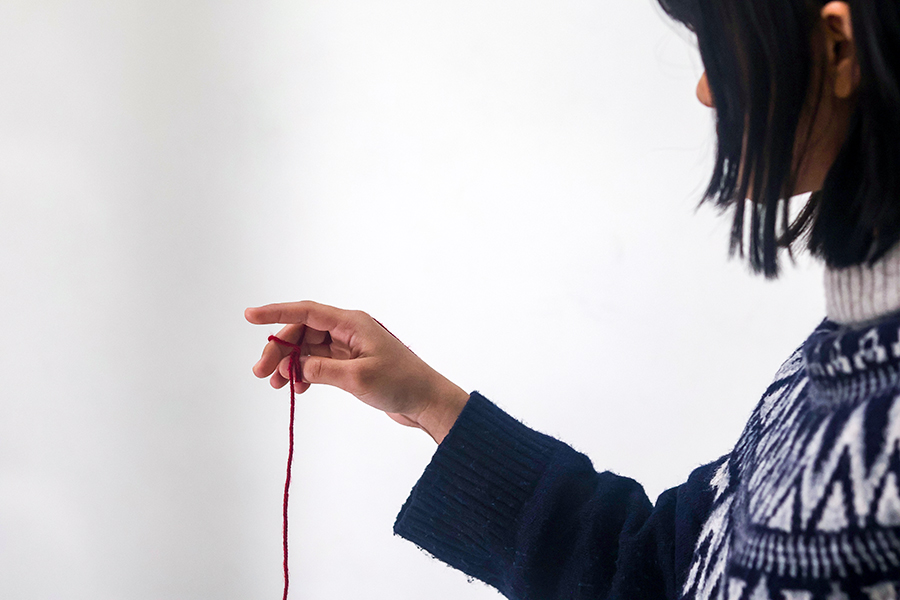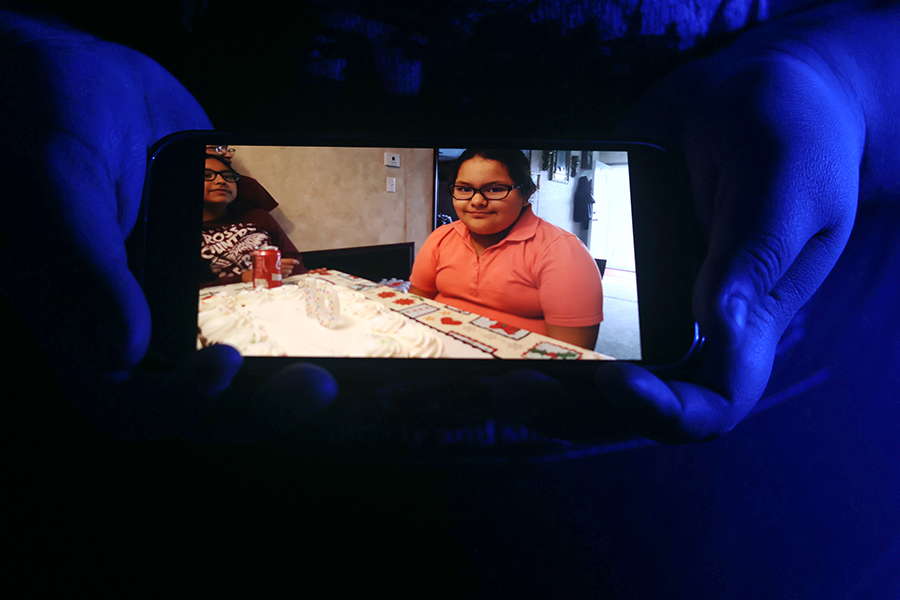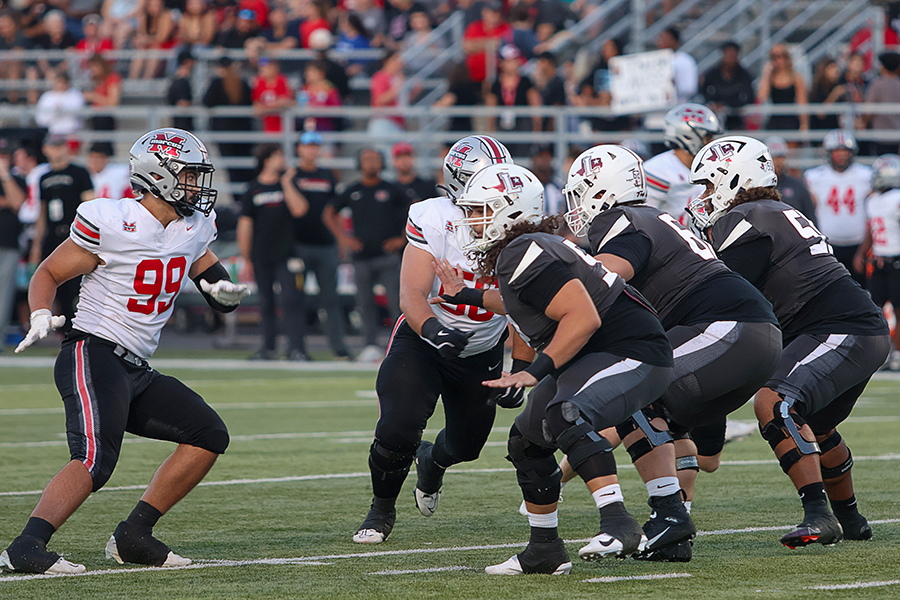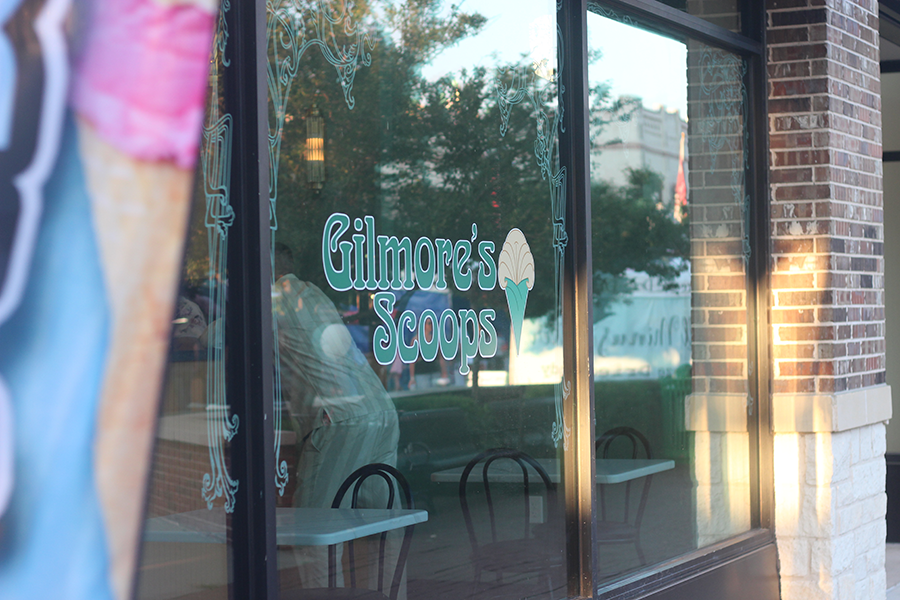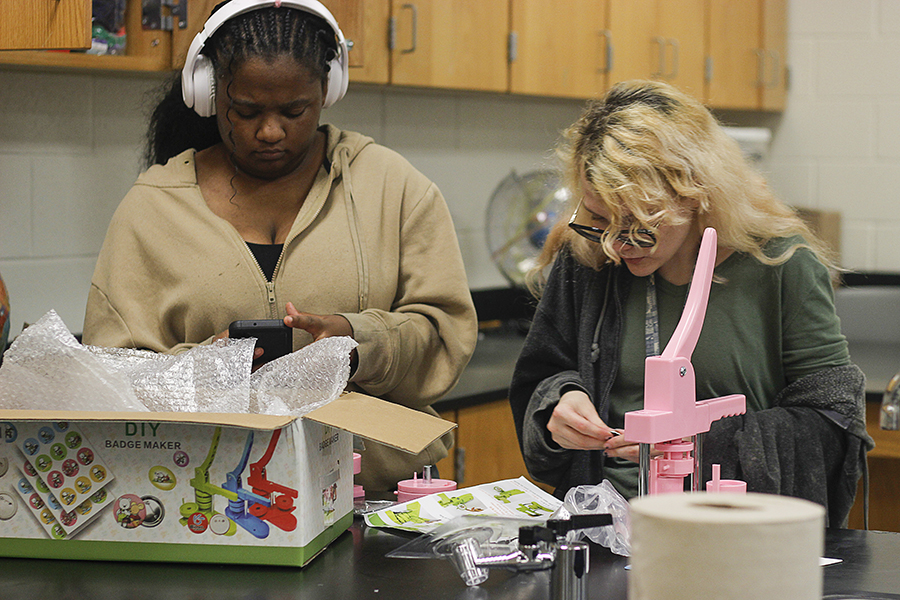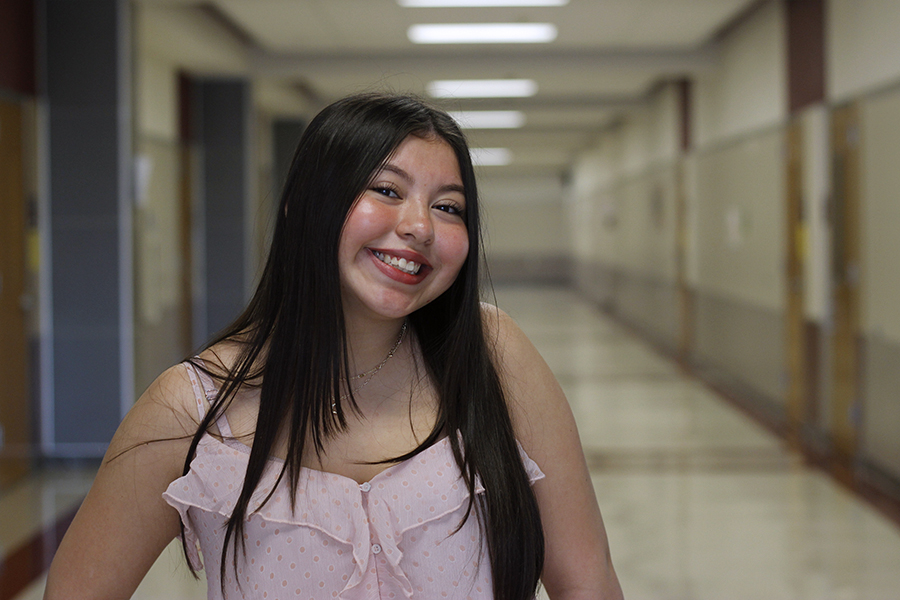My mother holds my hand as I step, or rather waddle, into the dance studio. My 3-year-old mind doesn’t really comprehend the loud music and constant movement, but I was excited nonetheless. After the first class, I whole-heartedly fell in love with dance.
The love and appreciation for the sport came later. For the first four years of my dance career, I participated in what’s referred to as “recreational” dance. I only took a couple of classes per week; my technique was subpar but I was simply there to have fun. I would walk in the studio, take a class and that was the end of the story.
No extra hours, no staying late, just there and gone.
Everything changed when I auditioned to be a part of a performing arts company, as it does for the majority of dancers. I had always dreamed of being a part of a dance company, but it came with a great extent of commitment and sacrifices. I was no longer taking a few classes; I was now at dance for five or more hours every day. I spent my weekends at dance competitions and conventions, and my first priority was my training.
Of course, I didn’t view it as a bad thing, I was grateful to be involved in the sport I adored. Every time a new year rolled around, I turned into a bundle of nerves. Each year, more hours were added to my schedule, the number of dances I participated in increased and most terrifying of all, the expectations were raised. As a person who always searched for others’ approval, there was nothing scarier than that.
Nothing could have prepared me for the harsh reality of being a dancer.
After competing for more than six years, I began to realize exactly how much dance was affecting me, both physically and mentally. In dance, you’re constantly under a critical eye, from teachers as well as yourself. Typically, dance studios have multiple rooms, each one surrounded by mirrors with the expectation that everyone can watch themselves and correct their mistakes. Although it can be extremely helpful, this causes many dancers, especially adolescents, to develop perfectionism and a fear of failure.
Spending several hours daily in front of a mirror, criticizing myself. Nothing could go wrong, right?
Perfectionism took over my mind. If I didn’t do a step correctly, I would repeat it until it was right, even if I got frustrated. My brain was consumed by the need to look like everybody else, to mimic their movements and mirror exactly what they were doing. I knew if I didn’t, I would be called out in front of the entire class, the embarrassment taking over me. I needed to be like everyone else in the studio, and if I wasn’t, I didn’t feel worthy enough.
Injuries began stacking on top of each other. I was in constant pain but I was willing to ignore it so I could continue dancing. I remember cleary the first time I dislocated my knee, leaving me with future knee problems and a note saying I would be out for six weeks. It was the most excruciating six weeks of my life. The pain of not dancing was far greater than what I felt from my knee.
After that day, I decided I would push through any pain, because to me it was worth it. Of course, this wasn’t healthy, but I would either ignore it or find a quick solution. I went as far as getting cortisone shots in my knee so I would be able to compete in the following days. My dance career was limited and I trained my mind to believe pain was temporary. I thought I could simply put it to the side and worry about it later. In the end, this would only result in more suffering.
The problems of dance also affected my parents. Bills after bills came in. Thousands of dollars spent every year for what? For me to be able to merely participate and compete as a part of a company. Sadly, dance is a sport where you can’t thrive without having money, and as my family isn’t the wealthiest, this posed a problem.
A dancer’s life is anything but simple. Some dancers either completely love it or hate it, but others are stuck in that strange gray area. I was stuck in the gray area. The place of pure gratitude and appreciation for the art, nothing on your mind but dance, completely submerging yourself in the music and movement. But then there’s moments of absolute hate for all the negatives that come with training.
Not every dancer faces the same hardships, but these problems are a prevalent part of the dance industry and they can’t be ignored. Like every issue in our society, it can’t be fixed all at once. If every person made a contribution, we could decrease the physical and mental problems impacting the dance world.

